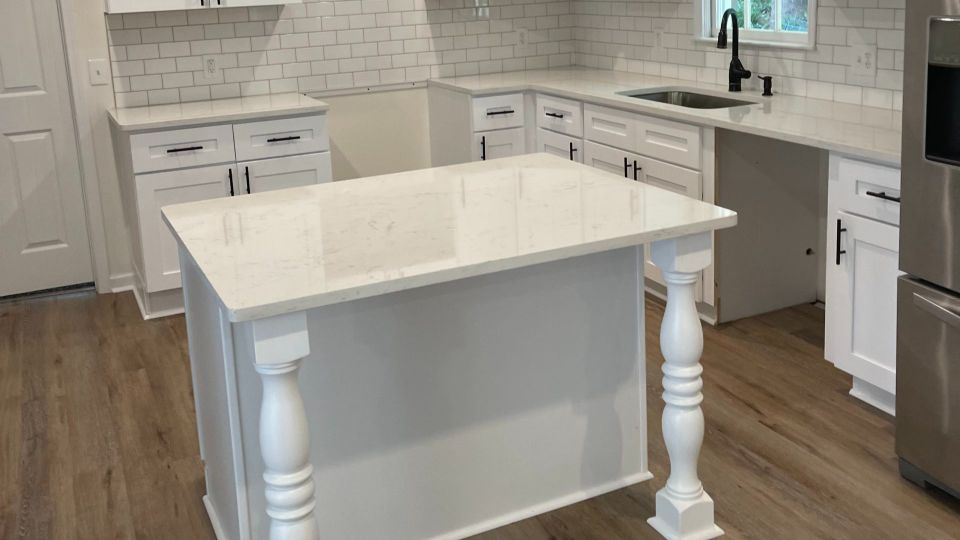Conceptualization and Design
This initial stage involves brainstorming, planning, and creating a detailed design or blueprint for the project. In construction, this may include architectural drawings, structural plans, and 3D renderings. In product development, it could involve creating product prototypes or digital mockups.
Preparation and Procurement
Once the design is approved, the project team prepares for the actual execution by procuring materials, equipment, and resources needed for the project.
Approval and Review
After the design phase, the project plan is reviewed by stakeholders, clients, or relevant parties to ensure that it aligns with their requirements and expectations. Feedback and necessary adjustments may be incorporated at this stage.
Execution and Construction
This is where the project comes to life. Construction or implementation begins, following the approved design plan. In this phase, the various elements of the project are built or assembled.
Testing and Quality Control
Depending on the type of project, testing and quality control measures are put in place to ensure that the final product or result meets specified standards and is free of defects.
Adjustments and Iterations
During the construction or implementation phase, unforeseen challenges or modifications may arise. The project team may need to make adjustments or iterations to the original design to overcome obstacles and improve the final outcome.
Finalizations and Completion
After all adjustments and testing are completed, the project reaches its final state. Any remaining finishing touches or details are added to ensure the project meets all requirements and specifications.
Post-Project Evaluation
After project completion, a post-project evaluation may be conducted to review the project’s success, identify lessons learned, and gather feedback for future improvements.
The “design to final project” process is essential for ensuring that the initial vision and design concept are effectively translated into a tangible and successful end product. Effective project management, clear communication, and collaboration among team members are critical for a successful “design to final project” journey.

